Plumbing - introduction
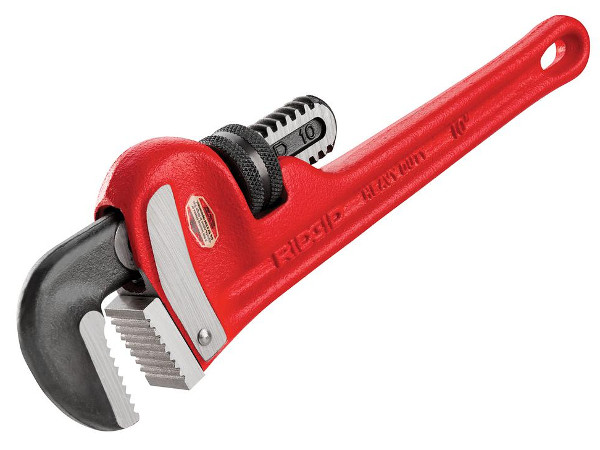
“If I could do it all again, I’d be a plumber.” – Albert Einstein
Contents
What is plumbing?
Plumbing is about installing and maintaining the infrastructure required for obtaining water, getting rid of sewage and waste water, heating water and central heating. It’s one of the ‘dark arts’ of the building industry, but unlike electrics, there are a lot of plumbing jobs that you can do yourself, safely and legally.
The word itself comes from the Latin for lead (plumbum), as water pipes were made of lead from Roman times to relatively recently – an extremely bad idea, as lead is poisonous. The Roman plumbing system was more or less the same as the Victorian plumbing system – relatively unchanged for 2000 years, lead poisoning and all. The oldest plumbing systems were probably in the Indus Valley around 2700BC (using clay pipes), but there were sophisticated systems in ancient Greece, China and Persia too.

A basic plumbing toolkit, including a stillson wrench, pipe cutter, solder and flux (used to help the solder spread into the joint).
Nowadays water supply pipes are either plastic or copper, and fittings (elbows, tees, connectors and reducers) tend to be made of plastic, brass or copper. In the UK, copper pipes found in the home tend to be either 15mm (equivalent to the old ½”) or 22mm (roughly equivalent to the old ¾”). Plastic is good for long runs, especially in inaccessible places, as it’s flexible, and doesn’t have to have joints (you wouldn’t want a leak in a soldered joint under a concrete slab for example). Copper is seen as more aesthetically pleasing for visible places however – and plastic can sag, especially when carrying hot water. Plastic is typically used for waste pipes, and can have compression, solvent-weld or push-fit joints.
Water companies generally supply mains water to a point just outside the boundary of a property, and nowadays there will often be a water meter. From here a supply pipe is run to the building (this supply pipe is the responsibility of the householder), and usually just inside is the main stop cock turning off the water to the building.
How to fix a leaking tap.
Inside the house, there can be two types of cold water supply – direct and indirect. Direct supply is straight from the mains, indirect is fed by gravity from a cistern in the loft, which is itself fed by the mains. Most water supply is direct nowadays.
Hot water can be provided in various ways – a gas boiler heating a cylinder via a copper coil inside the cylinder; an electric immersion heater; a ‘combi’ boiler giving instant hot water without a cylinder; solar hot water (with an extra coil in your cylinder – a ‘twin-coil’ cylinder); or a back-boiler on a wood stove (you can even have a ‘triple-coil’ cylinder connected to solar, a wood stove and a gas boiler for backup).

Roman lead pipes – on the right is a folded seam.
What are the benefits of plumbing?
Well if you want to install your own eco-friendly facilities such as solar hot water, a back-boiler on a wood stove, rainwater harvesting, greywater recycling, a wind pump or a ram pump, you’re going to need some basic plumbing skills. Those skills will also be handy in maintaining the hot and cold water systems (as well as the central heating) in your house. You can become more self-sufficient, and your knowledge will be very useful in just understanding your systems, and whether they’re working properly or efficiently. You may even think about taking up plumbing as a career (people will always need plumbers).

Getting to grips with a pipe bender; books are sometimes not enough – you have to have a go.
DIY plumbing skills will help you save water. Leaks are a waste of water, as are dripping taps (and if it’s a hot tap, it’s also a waste of energy). You can install water-saving devices yourself too.
The water supply system in the UK provides perfectly good drinking water at very little cost. Once the infrastructure is in place, it has a relatively low environmental impact, so it’s much better to use it instead of bottled water, which involves millions of tonnes of plastic, and fuel to truck it around the country. Let’s not even think about bottled water that’s transported in from other countries.
And finally, DIY plumbing skills will save you lots of money.
How to solder copper pipe and fittings.
What can I do?
First learn how the plumbing in your house works. There’s a lot of basic information in books and online these days, and it’s a good idea to read up before diving in (see resources). Get a good reference book. The best we’ve come across is Treloar’s Plumbing, which covers everything you need to know about household water, sewage and heating in the UK. Build up a toolkit and find out where your stop cocks are in case of emergency. For practical experience, hang out with someone who knows what they’re doing, or attend a course.

Soldering two lengths of copper pipe together using a straight connector.
What you can’t do
Sometimes you just have to call in a professional. For example, only approved installers are allowed to work on pressurised hot water systems and cylinders (without a vent to a header tank in the loft), and only installers registered with the Gas Safe Register can do work on gas installations.

Fitting thermostatic radiator valves can save energy and money.
For beginners
You can quickly get to the point where you can bleed a radiator, change a U-bend or waste pipes, change tap washers or ball cocks, and fix hammering in your pipes. Plus you can install water-saving devices like tap and shower head aerators that feel the same on the skin as full flow, but use far less water.
It’s important that all metal pipes (and in fact all exposed metalwork in your building) are connected together with earth wires that lead to the earthing block at the main electrical consumer unit in your house. Otherwise, if there’s an electrical fault, stray current may make your pipework live. If you then touch it, and it’s not earthed, it will try to get to earth through you, and its attempt to do so may kill you. This wiring is called earth bonding, and this intro isn’t big enough to cover it properly – but you must read up on it before doing any work.
How to bleed a radiator.
For the more adventurous
Go on a course, or find someone to teach you, and you’ll soon be able to install and maintain standard plumbing fixtures like washbasins, toilets, showers and baths, as well as the pipework to and the waste from them. Soldering, pipe bending and tightening compression joints isn’t rocket science, but can’t really be learnt from books – you have to do it. Extra equipment such as expansion vessels, pumps and filters are not beyond the grasp of the relatively handy.

Both plastic and copper pipe can be used with push-fit plastic fittings.
You could move on to installing rainwater harvesting / greywater recycling kit, which involves pipework and pumps to move water around, using the same basic skills. You could even install your own solar hot water system, or a back-boiler on a wood stove, plumbed in to a twin- or triple-coil cylinder. Gas boilers are really not for the amateur plumber, but you can certainly install and maintain the radiators and pipework, as well as energy saving controls, and of course, lagging for pipework in lofts, and plenty of insulation for the loft itself.
Specialist(s)
Thanks to Amrit Pedersen for information.

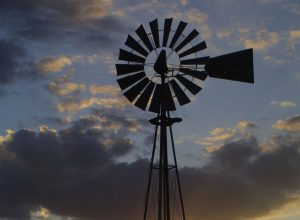
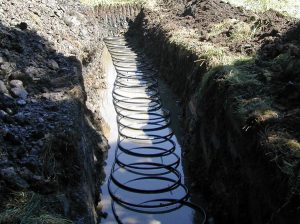
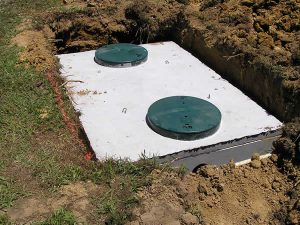
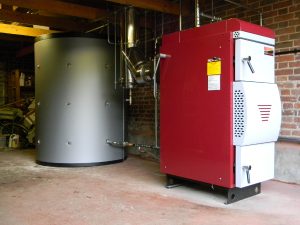
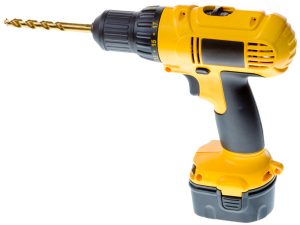
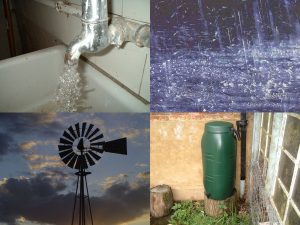
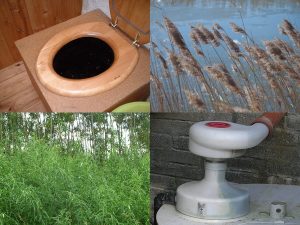
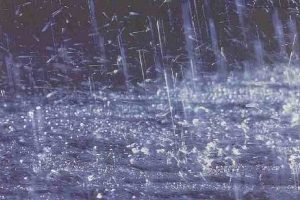
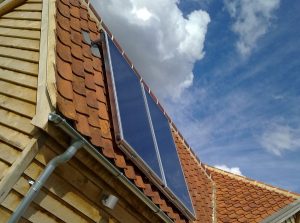
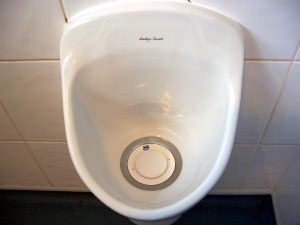
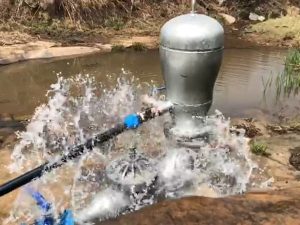
1 Comment
Great article containing useful tips. All plumbing repairs and installations are usually difficult to be made if you are not a professional plumber. With your help many people will be able to fix small plumbing jobs.